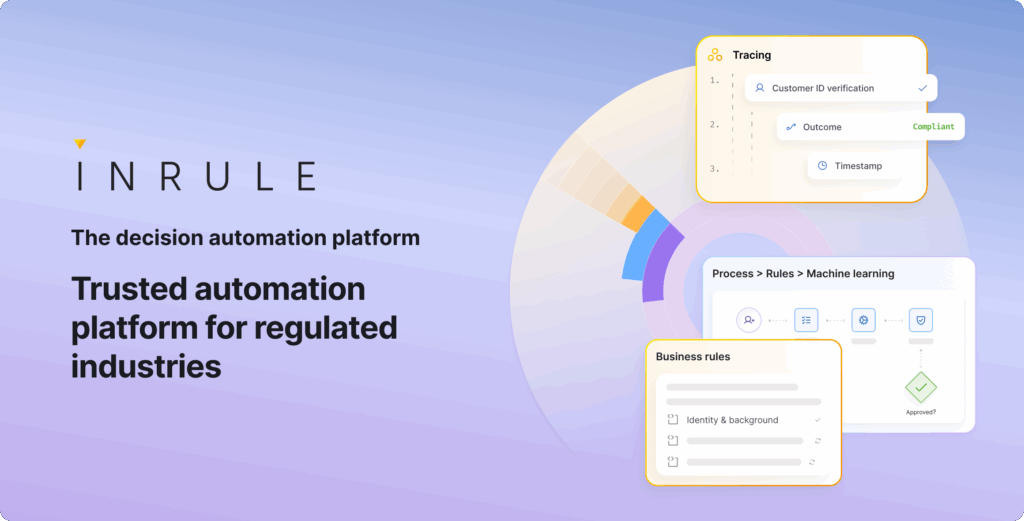Introduction
In today’s data-driven world, organizations are inundated with information from every corner of their operations—customer interactions, market trends, regulatory updates, and emerging risks. Turning that raw data into timely, consistent decisions is a growing challenge. Decision Intelligence Platforms (DIPs) promise to orchestrate analytics, AI, and human judgment into a cohesive decision-making framework. Yet at the heart of every truly agile, transparent, and governed DIP lies a Business Rules Management System (BRMS). In this post, we’ll define what a BRMS is, explore the anatomy of Decision Intelligence Platforms, and explain why a robust BRMS is the linchpin for any enterprise seeking faster, smarter, and more auditable decisions.
Understanding Business Rules Management Systems
A Business Rules Management System (BRMS) is a purpose-built environment for authoring, testing, deploying, and maintaining the logic that drives operational decisions. Rather than bury decision logic in application code, a BRMS lets business analysts and subject-matter experts express policies, approval criteria, and compliance checks in a declarative, easily updatable format. Components typically include a rule authoring studio, a rules repository or “rulebook,” versioning and audit trails, and a high-performance rules engine for real-time execution.
For a deeper dive into the core components and capabilities of a BRMS, refer to Back to Basics II: What is a Business Rules Management System?.
Defining Decision Intelligence Platforms
Decision Intelligence Platforms combine decision modeling, data integration, analytics, machine learning, and user workflows into a single architecture designed to automate, augment, or guide decisions at scale. According to Gartner, Decision Intelligence is “a practical discipline that advances decision-making by explicitly understanding and engineering how decisions are made” (Gartner Glossary: Decision Intelligence).
A typical DIP will ingest data from CRM, ERP, IoT sensors, and third-party feeds; apply predictive models to forecast outcomes; orchestrate human approvals where needed; and capture the entire decision life cycle for governance and continuous improvement. To understand the broader vision of why enterprises need Decision Platforms, see Why a Decision Platform?.
The Role of BRMS in Powering Decision Intelligence
At its core, Decision Intelligence is about codifying “if-this-then-that” logic for policies, risk thresholds, and eligibility criteria while ensuring it’s applied consistently. A BRMS provides:
- Centralized Decision Logic: All rules live in one repository, eliminating discrepancies across lines of business.
- Separation of Concerns: Developers focus on data pipelines and UI; business analysts own the rules.
- Real-Time Execution: High-performance rule engines evaluate complex rule sets in milliseconds, a must for customer-facing applications.
- Auditability and Compliance: Every rule change is versioned, timestamped, and traceable, helping organizations meet regulatory demands.
Consider Aon’s experience: by externalizing rating logic into a BRMS, they reduced costly application redesigns and slashed development costs while accelerating responses to evolving insurance regulations (Aon Uses InRule® to Reduce Development Costs). Similarly, the Valuation Office Agency (VOA), a UK government body responsible for property valuations, centralized and automated valuation logic, empowering domain experts to update tax rules directly and reduce reliance on IT teams (HMRC Valuation Office Agency Case Study).
Benefits of Embedding a BRMS within a DIP
When a BRMS serves as the decisioning engine inside a Decision Intelligence Platform, organizations unlock:
- Business Agility: Rule updates no longer require application releases so teams can respond to market shifts within hours, not sprints.
- Consistent Customer Experience: Uniform application of pricing, promotions, and risk rules eliminates unpredictable outcomes.
- Transparent Governance: Clear audit trails for who changed what and why build trust with regulators and auditors.
- Scalable Architecture: Decoupling rules from code lets you scale decision services independently of application logic.
- Continuous Improvement: Integrated analytics reveal which rules drive the best outcomes, enabling data-backed rule optimization.
Potential Challenges and Mitigation Strategies
Adopting a BRMS-powered DIP isn’t without hurdles. Common challenges include:
- Over-Engineering Rules: Too many overlapping or conflicting rules can degrade performance. Mitigation: institute periodic rule rationalization and retire outdated logic.
- Organizational Resistance: Developers may balk at separating logic from code. Mitigation: champion cross-functional governance bodies and co-author pilot projects.
- Skills Gap: Writing and testing business rules requires different skills than writing software. Mitigation: invest in training, leverage rule templates, and engage experienced rule architects.
- Integration Complexity: Plugging a BRMS into legacy systems can be technically challenging. Mitigation: choose a platform with prebuilt connectors and lightweight APIs.
By anticipating these challenges and establishing strong center-of-excellence practices, enterprises can accelerate ROI and avoid common pitfalls.
Conclusion
Decision Intelligence Platforms represent the next frontier in enterprise decisioning bringing together data, analytics, AI, and human judgment into a unified ecosystem. Yet without a capable Business Rules Management System at its core, a DIP risks inconsistency, poor traceability, and sluggish responsiveness to change. By externalizing decision logic into a governed, high-performance BRMS, organizations ensure that every decision, whether automated or human-in-the-loop, is fast, fair, and fully auditable. If you’re evaluating your next-generation decisioning architecture, make sure a robust BRMS isn’t an afterthought but the very foundation of your Decision Intelligence journey.

